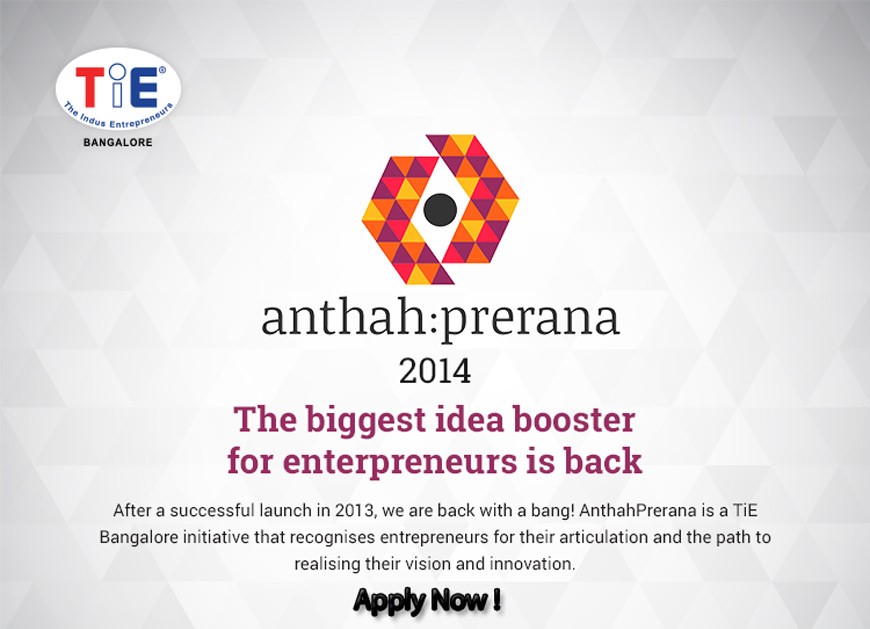Being context aware is about knowing location, identity, activity and time.
Many context-aware technologies give a huge importance to location, but location is just one aspect of context, not the context. Location awareness can improve user experience, but knowing a user’s preferences and specific environment makes it all the more personal and all the more powerful. Mobile apps and devices can tap into this information, as can ad platforms, to create relevant experiences for consumers. Location is certainly important, but it’s just one piece of the puzzle.
There are plenty of applications that use location-awareness successfully from tracking deliveries to managing inventory or simply helping a user find their lost smartphone, or even a pet. But what if those same applications could know, not just where you are, but what you’re doing? Or better yet, what you’ll be doing or needing in the future. In that case, you’ll get a lot more targeted and helpful information rather than educated guesses.
The experts say…
According to Gartner Inc., “context-aware technologies will affect $96 billion of annual consumer spending worldwide by 2015.” In addition, the company’s research shows that by next year, 40 percent of smartphone users will opt-in to context service providers that track their activities. This would equal about 720 million people, by their count. The research company believes that transportation, utilities, energy and healthcare firms, in particular, stand to gain from these trends.
“Context-aware computing is the method by which new experiences are constructed that blend information from mobile, social, digital and physical world sources,” said William Clark, research vice president at Gartner. “The disruptions caused by context-aware computing will include major user, technology and business shifts, including the use of model-driven security in fraud detection and prevention, convergence in television, game, Web and mobile advertising, and new styles of application programming.”
He added that “organizations that do not prepare for thoughtful information sharing — balancing usage, privacy and business models of consumers, context providers, and the enterprises themselves, will be at a severe disadvantage.”
Currently, context-awareness is being leveraged by mobile applications and wearable technology such as fitness trackers from companies like Fitbit, Garmin and Nike as well as numerous smart watches like the upcoming Apple Watch, and finally, Google Glass. In the app realm, one example is Easilydo, a virtual assistant that manages your contacts, calendar and more, in much the same way that Google Now does, by learning from your actions and stored data.
These smart apps and devices are still limited in their intelligence; they only know what a user shares whether it be actively or passively. For example, location-awareness becomes a challenge when one is indoors and out of range of Wi-Fi. Beacons, standalone devices that beam Bluetooth signals, are one solution that can be seen in the retail sector, where stores can communicate with shoppers, for example. Apple has joined the game with iBeacon, which is built into its devices and OS and can communicate with compatible beacons at retailers. Additionally, apps like Placed can be used to launch apps based on which room of your house you’re in, which makes the beacon experience more personal. But there is so much more potential to be tapped in this arena.
How business benefits
On the business side, mobile ad platforms can use your location to serve ads, but they can become more targeted through user profiling. Here too, location is just one tool at their disposal. InMobi, a mobile ad network, uses context-aware technology to create “SmartAds” which exploit a user’s immediate environment to trigger relevant ads. For instance, a user checking the weather on a hot summer day might see an ad for a cold drink or an air conditioner; conversely, on a snowy day, that same user might see an for a hot drink or winter boots. Looking into the future, a platform that knows not only that a user is at a ski resort, but is actually skiing, could serve ads for nearby après ski locations, or other relevant businesses and services.
These apps and devices are only scratching the surface. Currently, all of them require at least some user intervention or prompting. Eventually, we’ll see smarter applications that can infer more about a user, digging deeper into their interests and preferences and learning from mistakes. For instance, apps could know without explicitly asking, where a user works and lives and what their regular schedule entails, and when they might need a break–almost reading one’s mind.
The possibilities are endless
Guest Post by Prima Dona, Keypoint Technologies


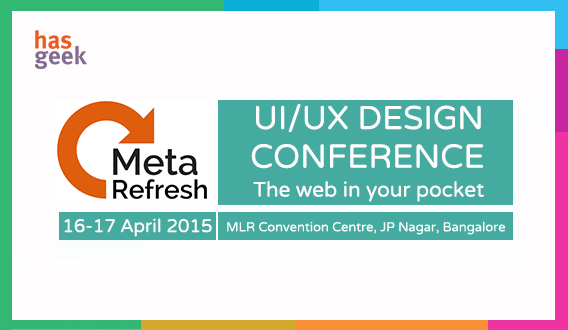
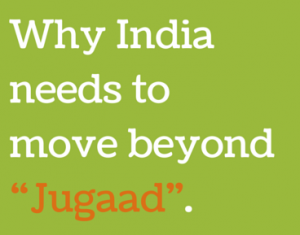 Contrary to general perception, design process strives to find the correct problems. Solution to these form the second half of the process and which has complete dependency on the earlier, yet is more celebrated.
Contrary to general perception, design process strives to find the correct problems. Solution to these form the second half of the process and which has complete dependency on the earlier, yet is more celebrated. Starting-up: Find a problem that exist in a considerably large scale and is solvable. Ideate solutions that could make lives easier. A problem could exist anywhere — in your current job or existing business models. People may or may not know about it. Develop a market need. Don’t build a start-up in view of a million dollar exit. Be obsessive about what you do, aim higher, execute mid-long term plans and take it higher.
Starting-up: Find a problem that exist in a considerably large scale and is solvable. Ideate solutions that could make lives easier. A problem could exist anywhere — in your current job or existing business models. People may or may not know about it. Develop a market need. Don’t build a start-up in view of a million dollar exit. Be obsessive about what you do, aim higher, execute mid-long term plans and take it higher.
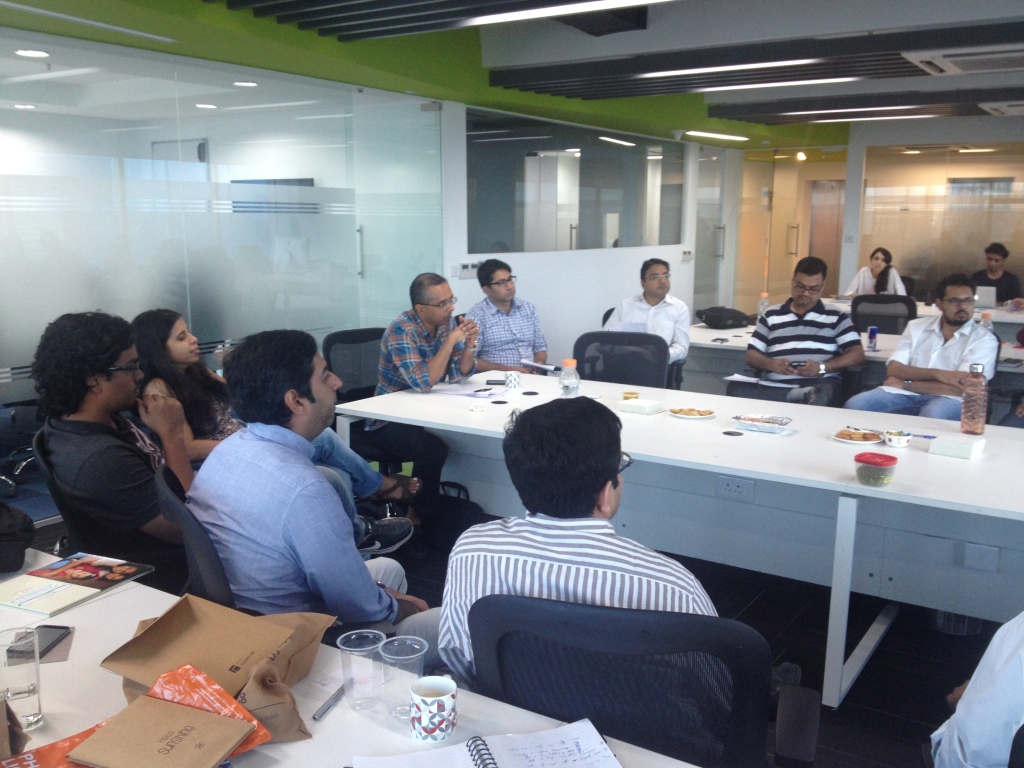 Over six intellectually stimulating hours, all of us had our product pitches brutally critiqued by everybody else under the guiding presence of
Over six intellectually stimulating hours, all of us had our product pitches brutally critiqued by everybody else under the guiding presence of 


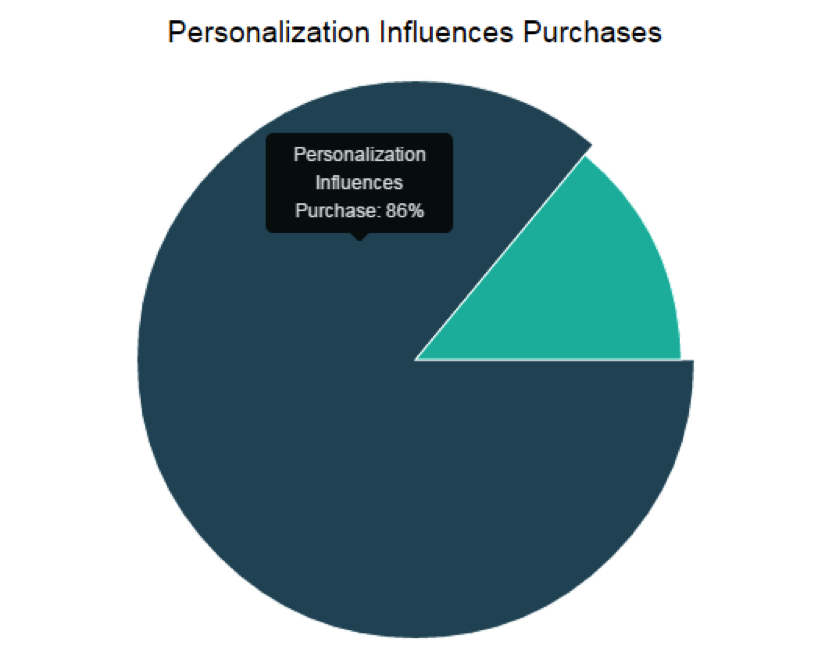


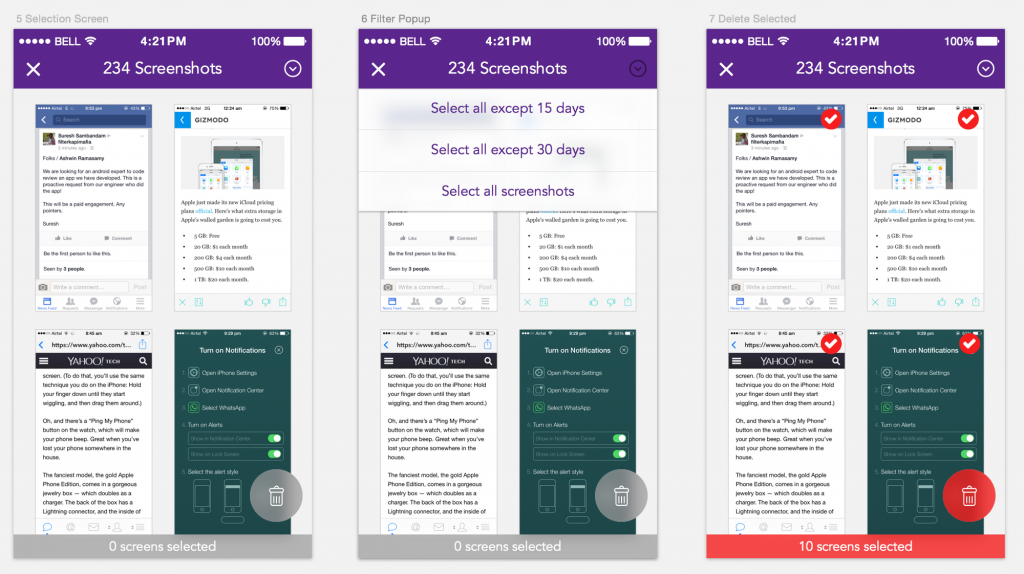
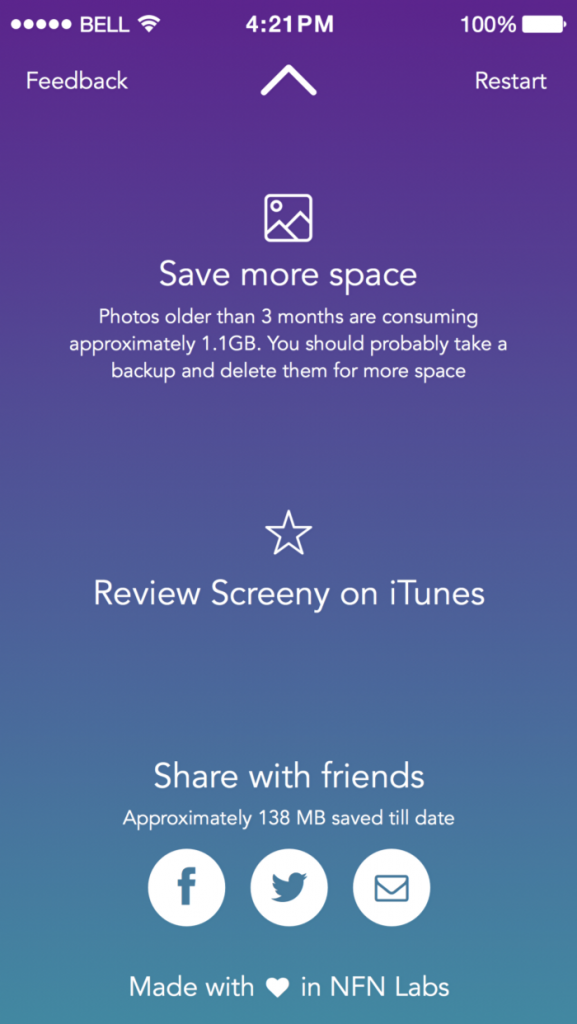
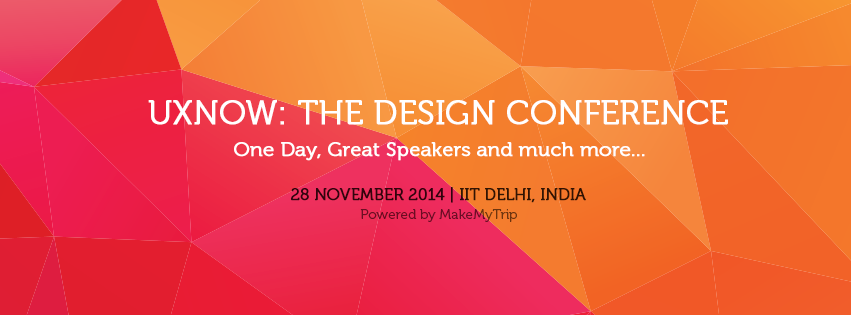
 As it was once said, “A creative adult is a child who has survived”. So what are you waiting for? See you on 28th Nov ’14 under the umbrella of UXnow. Let us together revisit the creative child in us in our very own NCR and we promise that you would ‘Rediscover’ the shining Nickel for the wonder inside.
As it was once said, “A creative adult is a child who has survived”. So what are you waiting for? See you on 28th Nov ’14 under the umbrella of UXnow. Let us together revisit the creative child in us in our very own NCR and we promise that you would ‘Rediscover’ the shining Nickel for the wonder inside.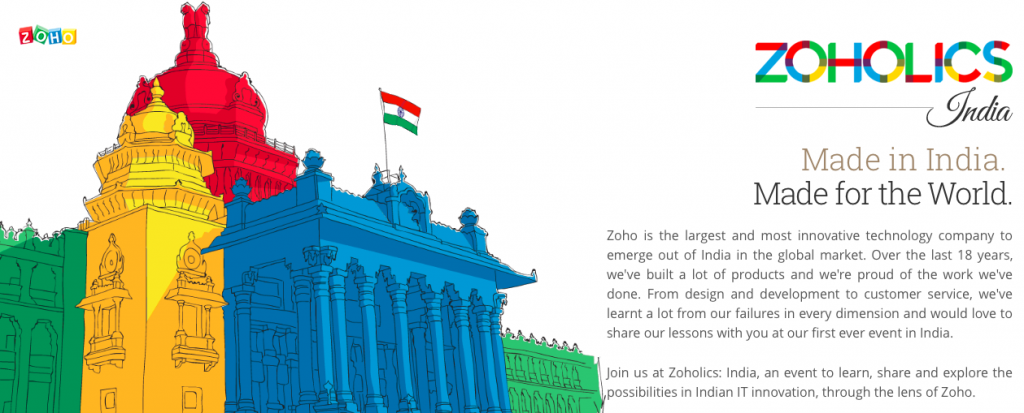 Join us at
Join us at 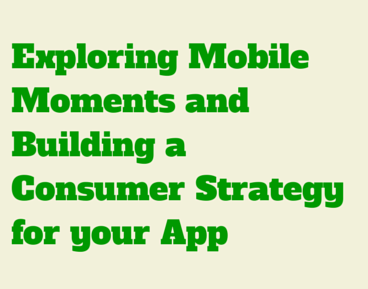 Brand experience must be pleasant and relevant to your consumers’ experience. However, marketers need to look beyond demographic, location specific or personal preferences and execute more on better targeting options like hyper-context. Hyper-context applications delve deeper in contextual understanding, going a step ahead to combine context with users past behaviours and preferences and to even predict the users’ need in the next moment. A personalized mobile experience that enriches consumer experience can augment favourable attitude toward a brand message, increasing purchase intention and significantly add to a company’s bottom line.
Brand experience must be pleasant and relevant to your consumers’ experience. However, marketers need to look beyond demographic, location specific or personal preferences and execute more on better targeting options like hyper-context. Hyper-context applications delve deeper in contextual understanding, going a step ahead to combine context with users past behaviours and preferences and to even predict the users’ need in the next moment. A personalized mobile experience that enriches consumer experience can augment favourable attitude toward a brand message, increasing purchase intention and significantly add to a company’s bottom line.